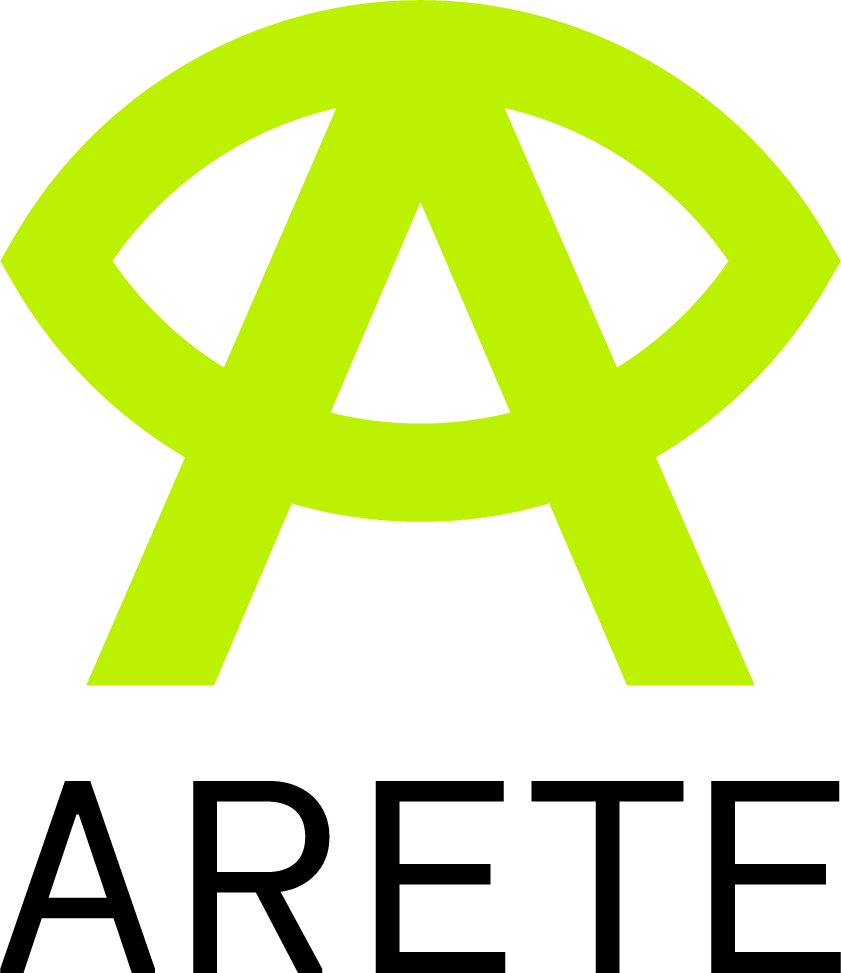5 Reasons to Start Using Augmented Reality at School
Augmented Reality used to be a fancy technology however recently it became a visualization tool that many schools around the world tend to integrate in their classrooms. Augmented Reality (AR) Training adds interactive, digital elements to a live, real-world environment through a tablet, phone, or headset. The technology makes it possible to visualize abstract learning concepts and bring new ideas in the teaching and learning experiences.
There are many reasons why Augmented Reality gains its popularity.
Reason 1: Easy to use
Augmented Reality is a technology that doesn’t require complex equipment and can be brought into classroom just with mobile phones or tablets. Installing an app that suits educational needs provides endless visualization opportunities of any school subject and supplements teachers’ efforts to bring novelty and simulate imagination. It is very easy to get started with Augmented Reality. Depends on what subject you teach; you can get all possible options for Android and iOS devices. The use of Augmented Reality applications does not require any technical knowledge or knowledge of coding.
Reason 2: Create engaging learning experiences
Augmented Reality is appealing to students of all ages due to its possibility to provide context in learning. For example, a teacher can provide an interactive way of learning about animals and plants and event travel the world in a fun way. This technology compliments well school textbooks and supports fun experiences. Some Augmented Reality apps can support simulation of school labs. Generally, introducing of something new in your classroom immediately motivates students to engage and helps to develop curiosity in the material teacher introduces during the lesson. There is no need to push technology-based lessons only, you can do a nice mix of traditional pedagogy with Augmented Reality elements.
Reason 3: Long-term information retention
Education that is fun and engaging sparks imagination that provides emotional connection between learner and learning contexts. This switches on the affective learning scenarios that connects emotions and information and supports knowledge retention for longer period. When we learn, our brain acquires information with a connection to emotional context. When we introduce positive emotions and exciting delivery of subjects, students unintentionally keep the contents in their memory and it is easier for them to retrieve the contents once required for a knowledge test.
Reason 4: Collaborative experiences
Augmented Reality fosters collaboration and communication among student groups. This technology is collaborative due to its nature of creating real world interactions, 3D virtual images and enhances team work allowing students to learn together. Collaboration supports necessary skills development for future professional growth. In modern workplaces collaboration between individuals and teams is the key to business success. Collaboration of the future requires digital skills. Starting with Augmented Reality is a good way to develop them.
Reason 5: Learning by doing
Teachers can use Augmented Reality to create thematic educational experiences based on their current curricula requirements. Technology can be used for group work, individual projects and simultaneous collaborative experiences where students learn by working on their projects inside the apps. Augmented Reality is one of the forces driving metaverse. Creating and working together is digital educational spaces supports key areas of learning by doing approach because mainly the scenarios within Augmented Reality applications intend active involvement interacting with apps contents.
To conclude, there are many possibilities that are available for teachers to introduce digital learning through Augmented Reality. This technology is gaining force and capabilities to be one of the tools driving the education of the future.



